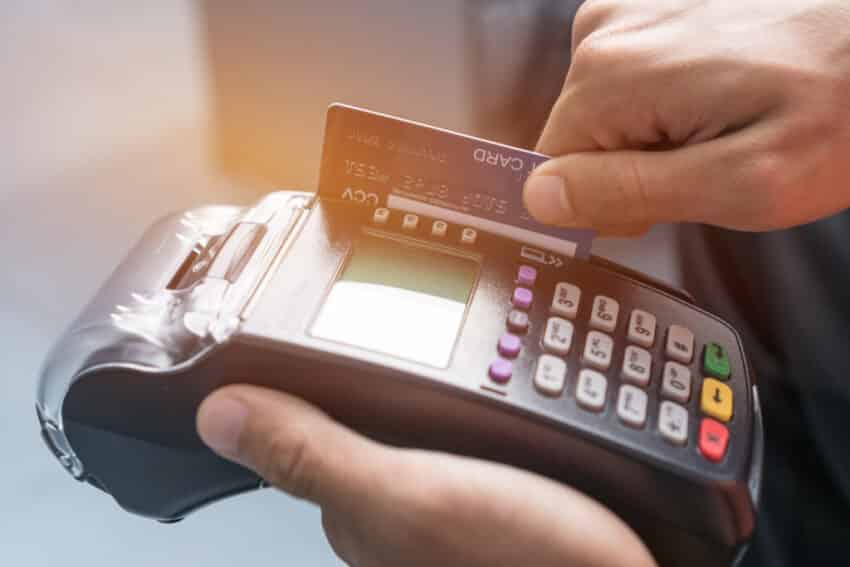Entrepreneurs must master many technical matters related to running a business.
Some of these are easy to grasp, while there are those that are a tad bit more complicated. One of those that belong to the latter group is what’s known as chargebacks.
A chargeback happens when a consumer disputes a particular credit card transaction with their credit provider, usually a bank. The credit card transaction referred to here is one that happened with your business. During a chargeback, the bank refunds the amount to the customer while the investigation is ongoing. The money will be debited from your account until the dispute is finalised. Only then will there be a final settlement as to whether or not the money should be credited back to your account because the transaction was, in fact, legitimate.
Chargebacks are unpleasant for business owners and can negatively affect the business’s cash flow. Fortunately, there are ways for you to handle chargebacks. In this article, you’ll discover a few useful tips to help you.
Review Your Payment Processing Protocols
Many of the chargebacks occur in the first place because of unclear payment protocols. Once a customer disputes a transaction, you can start by reviewing your payment processing protocols. That way, you can check whether there was, indeed, a fault on your part.
It’s important that you go through this first step, so you can speed up the process. If there was any fault or breach on your part, then inform the bank or credit card provider once they start an investigation. Doing this will help speed up the entire process so your funds don’t stay in limbo for long.
Revise Your Credit Card Transaction Process To Enhance Its Security
If you haven’t already, then now’s the perfect time for you to update your credit card terminals to accept EMV credit cards. This is a good step towards handling this current chargeback and subsequently protecting yourself in the future.
If your business has an online shop, there are also ways that you can enhance the security of every transaction:
- Ask for a three or four-digit code called the CVV, found on their credit card for every transaction.
- Limit the number of transactions charged to a single card every day.
- Verify that the shipping and billing address are the same.
- Sign up for a chargeback management service provider.
Understand The Root Cause
Most chargebacks are due to some issue in the technical aspects of the payment process. However, there are also those that are entirely the fault of the customer, and others could be yours too, unknowingly. When you’ve been issued a chargeback, it’s very important for you to go to the root cause.
With chargebacks, there’s no one-size-fits-all solution, that’s why finding the cause is important. In doing so, you’re better able to come up with a solution and a future prevention strategy. This can be determined by a third-party company that has the appropriate software and expertise for identifying the reason codes.
In most cases, charge backs today come with reason codes. These will inform you of the nature of the credit card transaction dispute. These could either be due to an ordinary customer dispute, fraud or an authentication error.
Provide Good Customer Service
Now’s not the right time for you to beat around the bush with your customer service quality. In fact, you have to provide superior customer service so that the chargeback can be solved as soon as possible. If your customer service is poor, you can expect the customer and the bank to keep contacting you about the chargeback.
So, make sure your staff are trained to be as helpful as possible. Let them listen attentively to the customer’s complaint and find the best possible solution for both the business and the customer.
Inspect The Product
This tip applies if the reason to the chargeback was allegedly due to a faulty product. Unfortunately, there are some businesses where a return for a refund isn’t possible, because of the nature of the item. This would include intimates and other things that have sanitation risks if returned.
When a chargeback is given against you, go back to the very first step of the order process and do your due diligence to inspect the product. This can help you verify whether the customer had a valid complaint regarding the product’s quality.
Takeaway
If your business accepts credit card payments, then you’re at risk for chargebacks. When this happens, however, you don’t always have to suffer its ill effects in the long run.
There’s never any guarantee that customers won’t file a transactional dispute against you, but with proper measures in place, you can resolve the disputes faster and with ease.


